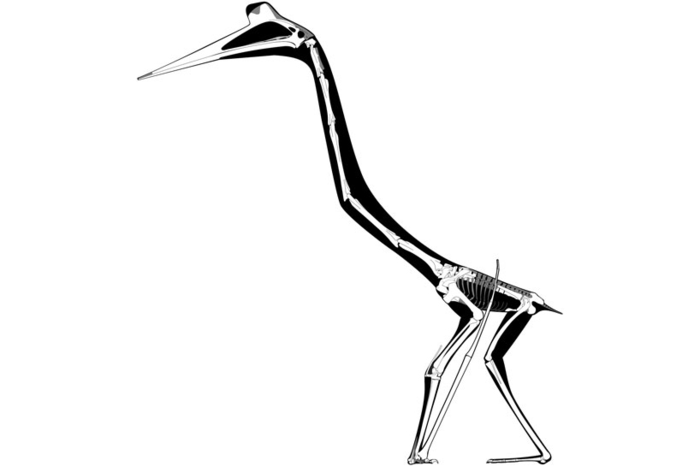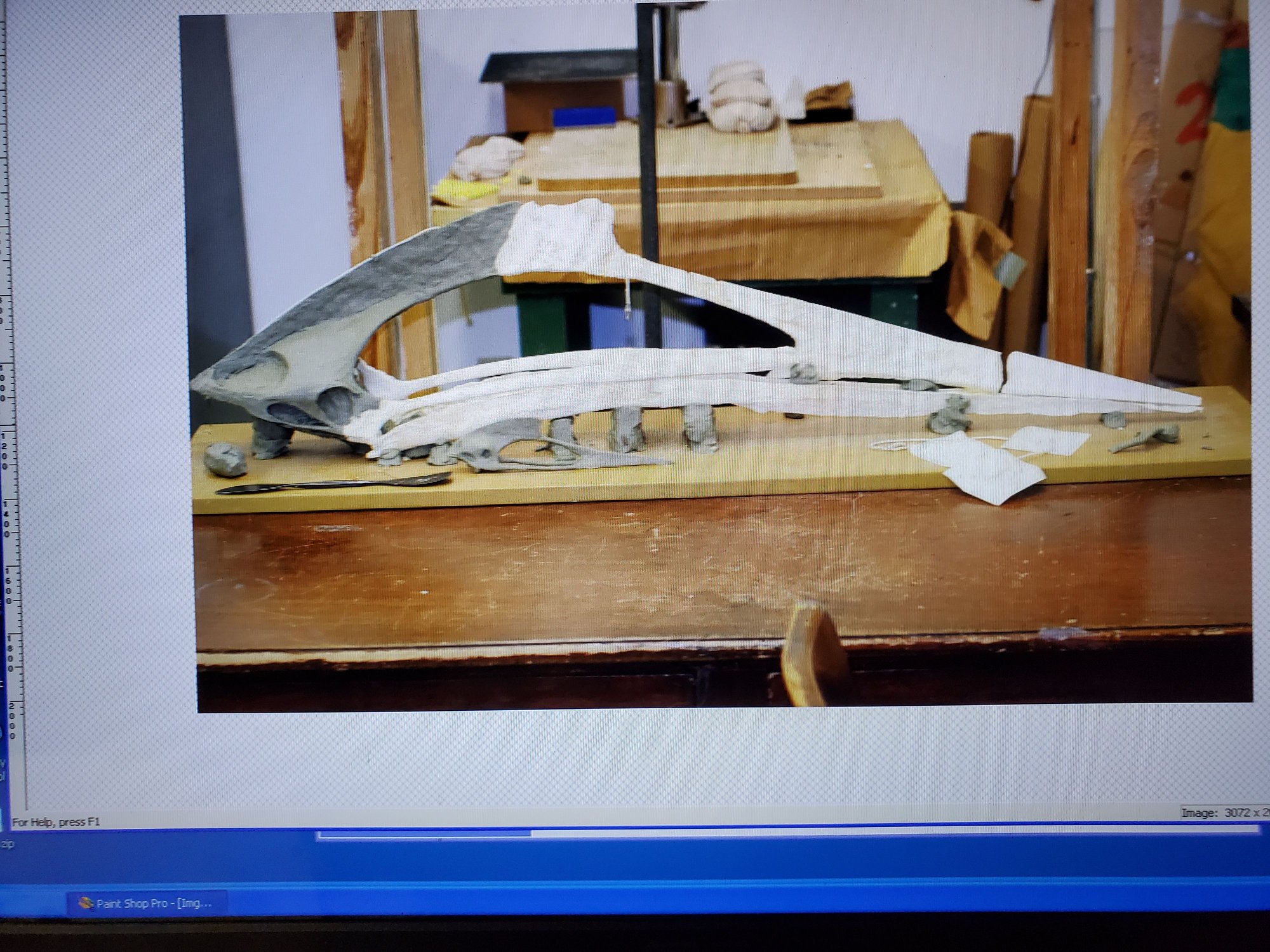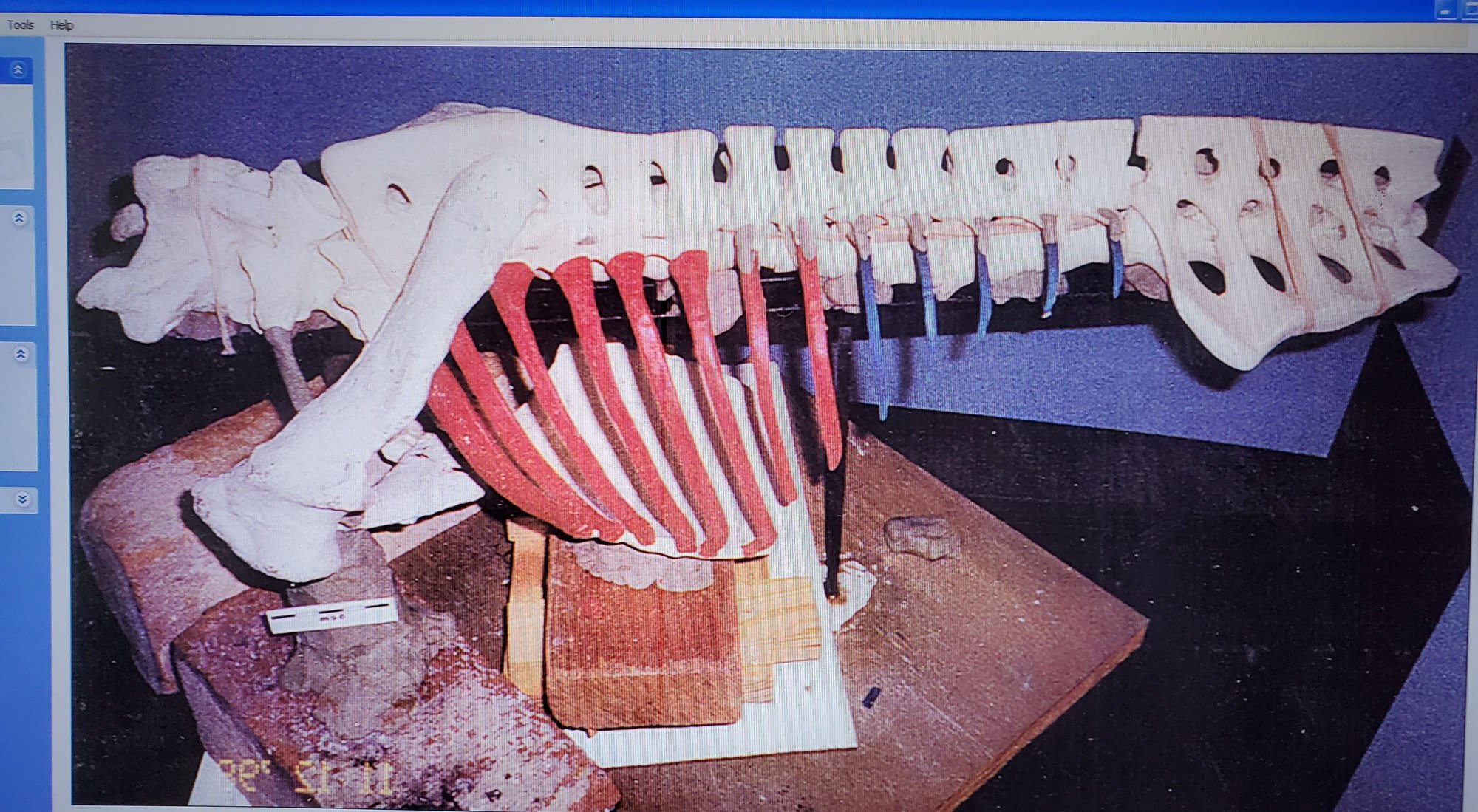How many channels do I need?
#27
Junior Member
"Cubs aren't trainers they are a handful on the ground"
Interesting. The 65hp J3 Cub is by design possibly the best full scale trainer ever built. They are intentionally easy to spin. I learned to fly in one in 1965 and they are still my favorite plane - though I eventually bumped the power up to 110 hp. One of the things I like about them is their versatility on the ground - they remind me of a jeep. They do require respect. At the time I learned to fly they had the third highest fatality rate per hour flown of any general aviation aircraft.
Interesting. The 65hp J3 Cub is by design possibly the best full scale trainer ever built. They are intentionally easy to spin. I learned to fly in one in 1965 and they are still my favorite plane - though I eventually bumped the power up to 110 hp. One of the things I like about them is their versatility on the ground - they remind me of a jeep. They do require respect. At the time I learned to fly they had the third highest fatality rate per hour flown of any general aviation aircraft.
Last edited by JimCunn; 06-21-2024 at 06:35 AM.
#31
Back to OP's question, I think 6 channels is a minimum for a beginner. I like some sort of stability control system for beginners, and they usually need 2 channels. Yes, I learned with 4 but that was when gyros were expensive. SAS is cheap now with even some receivers having it built in.
#32

Can't say that is the case with modern receivers...but...
#34
Senior Member
Join Date: Feb 2023
Location: Corryton, TN. Fly at Lucky Lane RC RC Club
Posts: 207
Likes: 0
Received 29 Likes
on
27 Posts
I learned to fly on one channel... a Testor's Skyhawk on rudder-only. Yes it flew, but I was always in search of more channels... Galloping Ghost to get 3 controls... Digital proportional with 4 channels for many years using non-digital mechanical trims to get extra functions, then an eight channel Heath Kit and I thought I was in heaven. The cost of 6 channels instead of 4 channels is very small, you're going to need the extra channels eventually, 6 channel radios are much easier to sell than 4 channel radios in case you want to quit the hobby, and even the $200 ready to fly Hobby Zone Aeroscout includes an entry level 7 channel Spektrum DXs transmitter. So I think it is false economy to buy a four channel radio. I now have the Spektrum NX10 radio. I bought the 10 channel instead of the 8 channel in order to get the larger capacity battery pack, plus I already had two 10 channel receivers.
Last edited by LLRCFlyer; 06-28-2024 at 02:26 PM.
The following users liked this post:
JimCunn (06-28-2024)
#39
Junior Member
Quetz is short for Quetzalcoatlus lawsoni, the 4.8 meter span small morph of Quetzalcoatlus northropi (11 meter span). Until recently, the small morph was called Quetzalcoatlus species.
These were late-Cretaceous pterodactyls, warm blooded flying reptiles.
northropi and lawsoni were found about 18 miles apart in the Big Bend National Park in Texas.
Sketch is by John Conway.
Headcrest is too large, as is back foot. Flight membranes are omitted from sketch.
These were late-Cretaceous pterodactyls, warm blooded flying reptiles.
northropi and lawsoni were found about 18 miles apart in the Big Bend National Park in Texas.
Sketch is by John Conway.

Headcrest is too large, as is back foot. Flight membranes are omitted from sketch.
Last edited by JimCunn; 07-03-2024 at 07:42 PM.
#41
Junior Member
OK, I'm still in the design stage. I initially looked at a 4 foot span, but the torso volume was too small to hold the servos, batteries, and electronics. I'm still shuffling parts around trying to fit in the torso for a 5 Foot span. These animals had tiny torsos, and a 5 foot span juvenile would only measure 4 inches between shoulder and hip. Weight for this size would be about 1.81 pounds with aspect ratio about 16.5, and flapping frequency when flapping would have been about 3.5 Hz. I may have to grind the outboard corners on 65Kg servos to get them to fit the shoulders. Batteries will probably go in the thighs. I'm still struggling with placement of the two servos that will operate the hind limbs. First flying models will be gliders.
Once I'm sure I can l get the innards in a 5 foot span, my next step will be to sculpt a muscular model of head, torso, inboard arms out to wrists, and hindlimbs in two flight configurations that I can then use to vacuum form thin plastic exterior shells. I plan to recycle old plastic milk jugs for some of that.
I've attached a photo of Wann Langston's last reconstruction of the skull of the small morph before his death. I'm going with that as a basis for the life sculpture in a personal tribute to him.

Note how low the eyes are

Qsp torso for 4.8 meter span measures 12.25 inches from hip to notarium socket
Once I'm sure I can l get the innards in a 5 foot span, my next step will be to sculpt a muscular model of head, torso, inboard arms out to wrists, and hindlimbs in two flight configurations that I can then use to vacuum form thin plastic exterior shells. I plan to recycle old plastic milk jugs for some of that.
I've attached a photo of Wann Langston's last reconstruction of the skull of the small morph before his death. I'm going with that as a basis for the life sculpture in a personal tribute to him.

Note how low the eyes are

Qsp torso for 4.8 meter span measures 12.25 inches from hip to notarium socket
Last edited by JimCunn; 07-04-2024 at 09:26 AM.
#42

I started 64 years ago with 1 channel!
Doesn't mean this fellow should. That single channel radio used tubes and 67.5 volt batteries.
Doubt he would want that either.
Get a better radio that can advance as you learn. Get as good as you can afford.







 Yep, that question has been around for many years.
Yep, that question has been around for many years.



